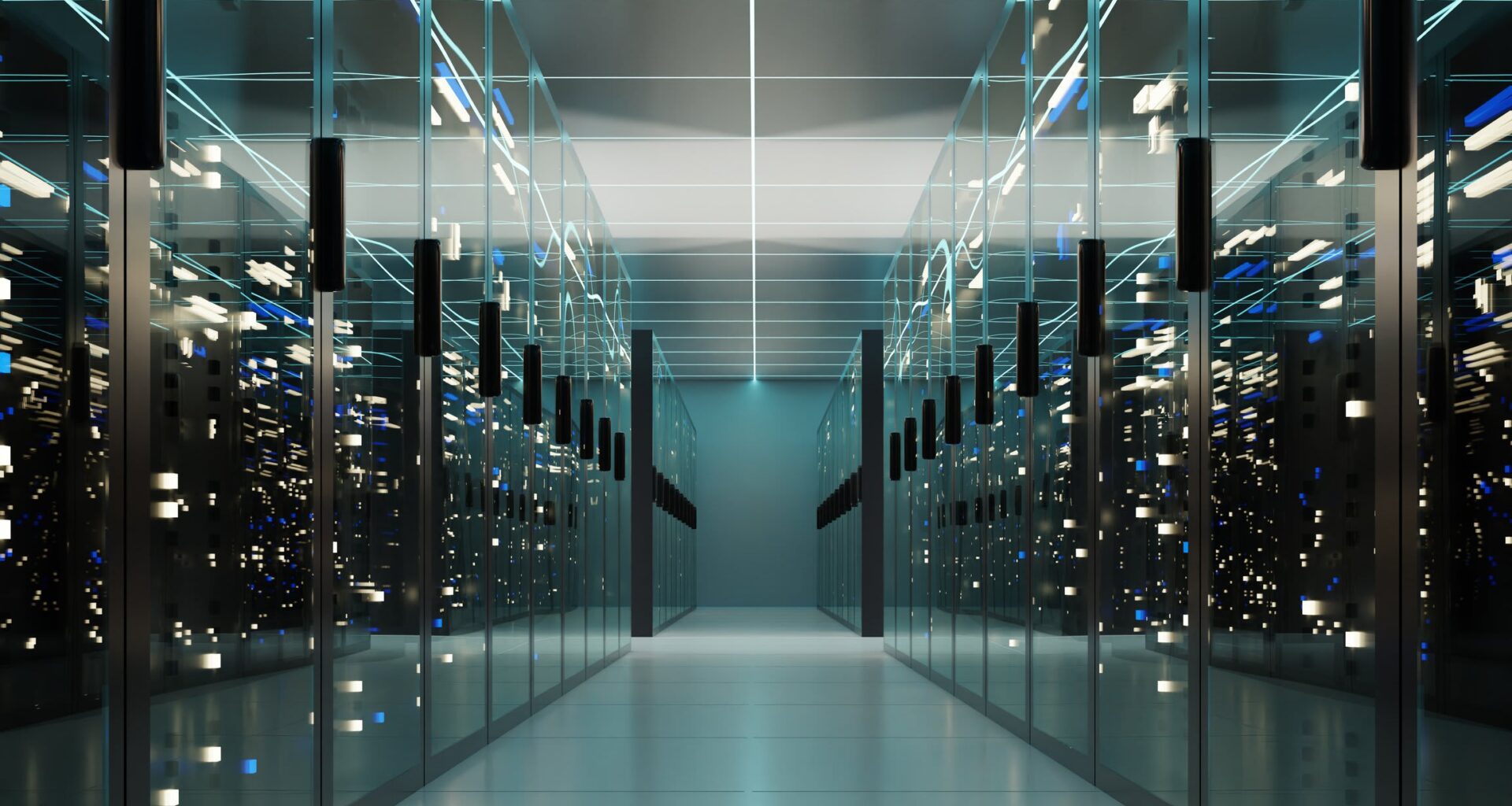The rapidly growing energy needs generated by the artificial intelligence (AI) is pushing data centers to the edge, literally. Today, hyperscale GPU clusters consume huge amounts of electricity and water, causing widespread local resistance and environmental concerns. According to the Data Center Watch, $64 billion in U.S. data center projects have been blocked or delayed by bipartisan opposition. These exciting infrastructure projects are facing increased push back from local communities.
Local stakeholders worldwide are questioning whether the US can continue to welcome large scale AI infrastructure. In response to the societal externalities, some of the world’s most ambitious entrepreneurs are looking elsewhere far into space.
Speaking at Italian Tech Week in October, in conversation with John Elkann, Ferrari and Stellantis Chairman, Jeff Bezos talked about a radical alternative: data centers in orbit. “These giant training clusters will be better built in space, because we have solar power there, 24/7. There are no clouds and no rain, no weather. We will be able to beat the cost of terrestrial data centers in space in the next couple of decades,” Bezos said.
Here is the angle justifying the viability of data centers in space: space offers constant, high-intensity solar power, natural radiative cooling, and virtually unlimited room to expand. Without disaster events, clouds, energy becomes more predictable and affordable, and need for water-intensive cooling systems becomes close to zero. This vision aligns with the urgent drive for more sustainable AI infrastructure as demand surges.
The Case for Orbital Data Centers
The push toward space is driven primarily by AI’s energy massive appetite. GPU clusters for training large models require almost limitless, continuous power. Even the most advanced current data centers put great pressure on local grids and consume millions of gallons of the already scarce water annually for cooling. Moving to orbit could potentially mitigate these risk: solar energy in space is not only abundant but also uninterrupted, allowing for cost efficiencies that Bezos believes could surpass Earth-based systems over time.
Startups like Starcloud (previously Lumen Orbit) are already turning the concept into experiments, planning satellite-based trials to test high-performance AI computing in orbit. On the institutional side, Thales Alenia Space is leading the ASCEND initiative under the EU’s Horizon Europe framework — a program charting a step-by-step path from small orbital demonstrators this decade to large-scale systems capable of generating energy and processing data in space by mid-century. The broader goal isn’t just technical: it’s about building a cleaner, more autonomous digital backbone for Europe’s future economy.
Anticipating the Challenges
Yet as visionary as orbital data centers are, they face extraordinary obstacles. Space is remote, harsh, and unforgiving. Hardware failures, maintenance, and updates require robotic servicing or human intervention, a costly and complex effort. Every repair or upgrade could involve multiple rocket launches, intricate logistics, and large scale investment. Cosmic radiation, debris, and thermal extremes also threaten equipment reliability.
Critics argue that the concept is “impractical,” pointing to the difficulty of sustaining massive compute clusters 100 kilometers above Earth. Autonomous systems capable of thermal regulation, communications, and maintenance would need to operate at maximum efficiency y for five to ten years, a significant technological leap from current capabilities.
Moreover, even companies like Blue Origin, Bezos’ aerospace enterprise, must demonstrate that they can reliably transport and put together infrastructure in orbit at the scale required for AI workloads. Achieving this vision will depend on a new generation of launch and orbital technologies rockets that can be flown repeatedly, construction systems that can assemble and adapt in microgravity, and ultra-fast laser links that keep data flowing seamlessly between Earth and orbit. Each element is vital; together, they form the foundation for turning the idea of computing in space into something operational and scalable
Looking Ahead: Optimism with Caution
Despite the short term risk and challenges, Bezos sees the AI success as analogous to the early dot-com era in the 90s: transformative, profound, and long-lasting. “AI is comparable to the dot-com era, implying that regardless of the risk of speculative ‘bubbles,’ the impact of AI on society will be profound and long-lasting,” he said at Tech Week. Orbital data centers, he believes, are a natural extension of this trend, a bold attempt to expand humanity’s computational infrastructure beyond the planet.
The future of space-based data centers remains speculative, but initiatives in the U.S. and Europe show some serious momentum. Starcloud’s satellite prototypes, ASCEND’s roadmap, and NASA-supported orbital experiments indicate that humankind is beginning to explore practical pathways for orbiting AI infrastructure.
Bezos’ vision, as always, is bold. He see space as the ideal place where we can build bigger, cleaner, and smarter. Moving data centers in orbit could lower costs, ease reduce carbon externalities, and open up limitless potential for AI. But turning that idea into reality will take time, creativity, and cooperation across the globe. Before we celebrate the breakthrough, we’ll need to take a few careful steps in orbit first.
